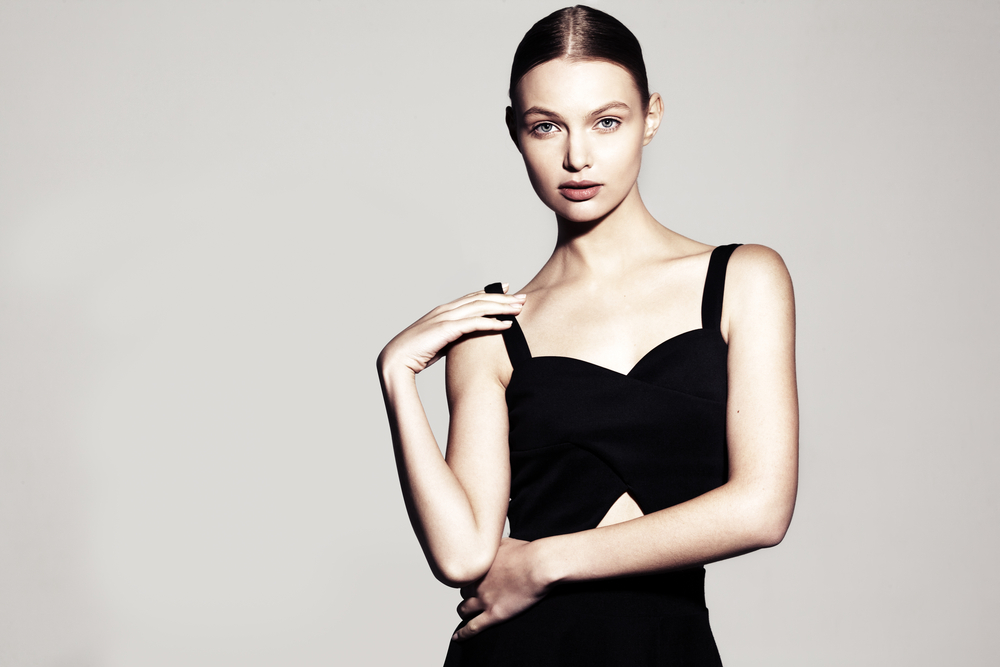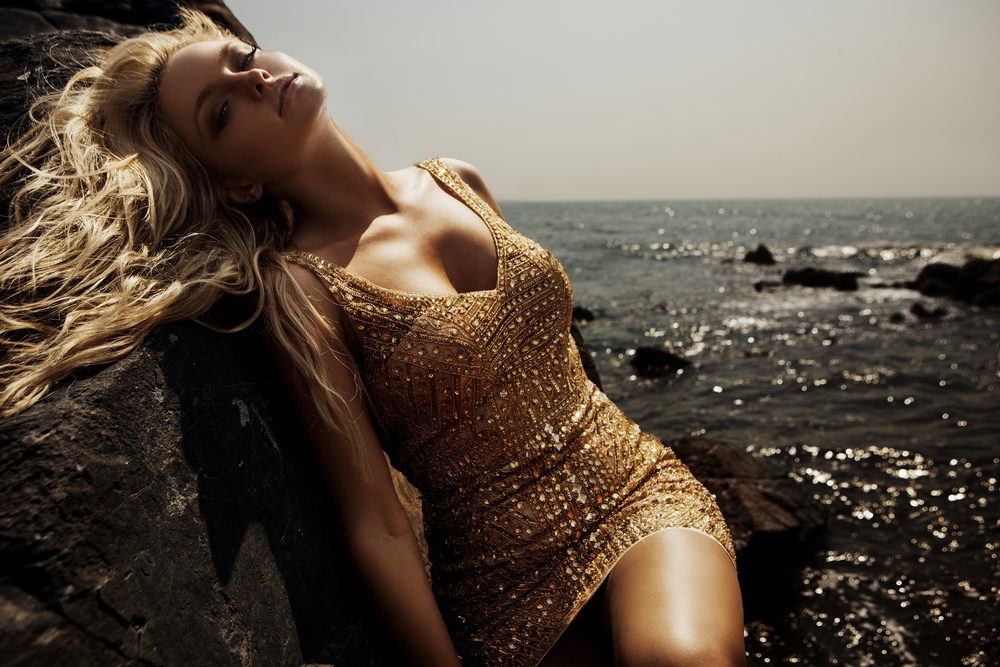
The Art and Science of Modeling: Exploring the World of Fashion, Runways, and Beyond
The Art and Science of Modeling: Exploring the World of Fashion, Runways, and Beyond
Fashion has always been an avenue for self-expression and creativity. In the world of modelling , this form of artistic expression reaches new heights as models bring clothing to life on runways and in photo shoots. Modeling is not just about walking the catwalk or posing for the camera; it is a delicate combination of art and science that requires skill, dedication, and a unique sense of style. In this article, we will dive into the fascinating world of modeling and explore the intricacies, challenges, and triumphs that come with this profession.
The Art of Modeling
At its core, modeling is an art form. Models serve as the canvas for fashion designers, stylists, and photographers who use clothing, hairstyles, and makeup as their artistic tools. Just like a painter brushes strokes on a canvas, a model brings life to garments, transforming them into a visual masterpiece. Modeling is about creating an impact, evoking emotions, and telling a story through visual representation.
Great models are chameleons who adapt to different styles, moods, and themes. Whether it's a high fashion editorial, a commercial campaign, or a runway show, models must embody the essence of the designer's vision and breathe life into their creations. Their movements, poses, and expressions help translate the story that the designers and photographers wish to convey.
The Science of Modeling
While the art of modeling focuses on the visual aspects, the science behind it ensures that the vision is executed flawlessly. Being a model goes beyond just having a pretty face or a photogenic physique. It requires discipline, dedication, and hard work. Models must maintain their bodies, follow strict diets and exercise regimes, and practice proper skincare and grooming routines.
Additionally, models need to understand their body and how to move it gracefully. They learn to control their posture, walk, and facial expressions, adding precision to their movements. Modeling requires effort, practice, and a constant drive for self-improvement.
The Fashion Industry and Modeling
The fashion industry is a thriving ecosystem, and models are an integral part of it. From designers to stylists, photographers to makeup artists, each role contributes to the overall success of a fashion venture. Models act as brand ambassadors, breathing life into the clothes they wear.
Runway shows are one of the highlights of the fashion industry, where models showcase the latest collections on a grand stage. These shows are meticulously planned and choreographed, with models skillfully walking down the runway, capturing the attention of the audience and the lens of the camera.
In addition to runway shows, modeling plays a crucial role in photoshoots, advertising campaigns, and brand endorsements. A skilled model can enhance the appeal of a product or the vision of a designer, making them indispensable in this competitive industry.
The Modeling Industry and Beyond
The modeling industry extends beyond the glitz and glamour of the fashion world. Many models have leveraged their career as a stepping stone to various opportunities. Some become actors, transitioning from the runway to the big screen. Others embark on entrepreneurial ventures, starting their own fashion lines or becoming influential figures in the industry. The versatility and adaptability that models possess can open doors to endless possibilities.
Models can also be role models, using their platform to inspire others. They often become advocates for body positivity and diversity, challenging conventional beauty standards and promoting inclusivity within the fashion industry. Their influence extends far beyond the runway, empowering individuals to embrace their uniqueness and celebrate their individuality.
Frequently Asked Questions
Q1: How does one become a model?
A: Becoming a model requires dedication, perseverance, and professional guidance. It is essential to build a strong portfolio, attend casting calls, and network with industry professionals.

Q2: What are the physical requirements for becoming a model?
A: While there are no set rules, the general physical requirements include maintaining a healthy body weight, height within certain ranges, and clear skin. However, the industry is becoming more diverse, embracing all body types and ethnicities.
Q3: How do models prepare for runway shows?
A: Models prepare for runway shows by practicing their walks, familiarizing themselves with the designer's collection, and following a disciplined fitness and skincare routine.
Q4: Can modeling be a full-time career?
A: Absolutely! Many models earn a living solely through their modeling career. However, it requires hard work, determination, and establishing oneself in the competitive industry.
Q5: Are there opportunities for older models?
A: Yes, the industry is gradually embracing diversity and age inclusivity. Many brands and designers seek older models to showcase their clothing lines, recognizing the beauty that comes with experience and maturity.
In conclusion, modeling is a creative fusion of art and science. Models breathe life into designs, adding depth to the fashion world. Behind the glamorous facade lies a world of discipline, dedication, and hard work. The modeling industry is dynamic and offers countless opportunities for those willing to put in the effort. Whether it's captivating audiences on the runway or advocating for positive change, models play an essential role in the fashion world and beyond.
Other useful resources
- https://en.wikipedia.org/wiki/Category:Modeling_(profession)
- https://www.planetmodelphoto.com/models/modeling/usa/wilmington/nc-north-carolina
- https://en.wikipedia.org/wiki/Category:Models_by_modeling_agency
- https://www.planetmodelphoto.com/models/modeling/usa/charlotte/nc-north-carolina